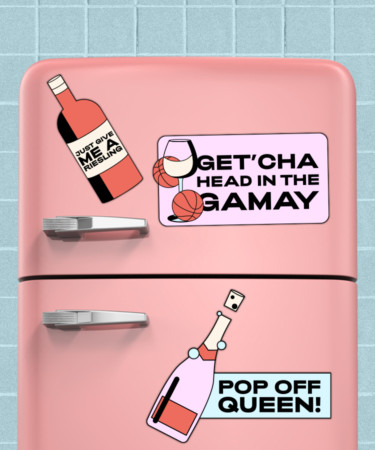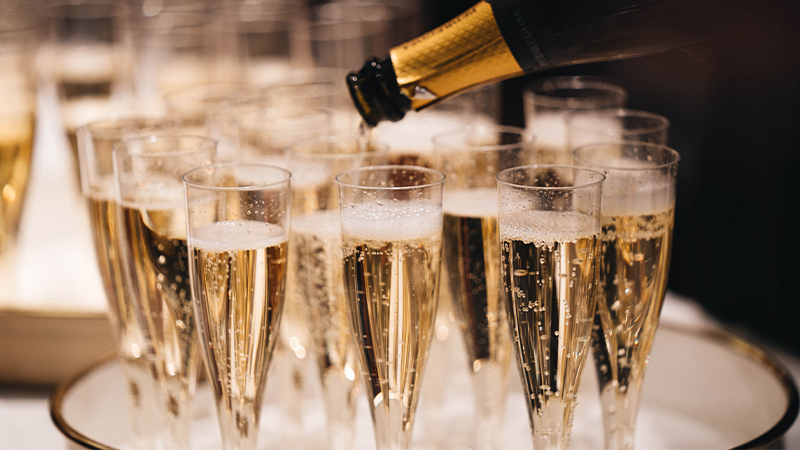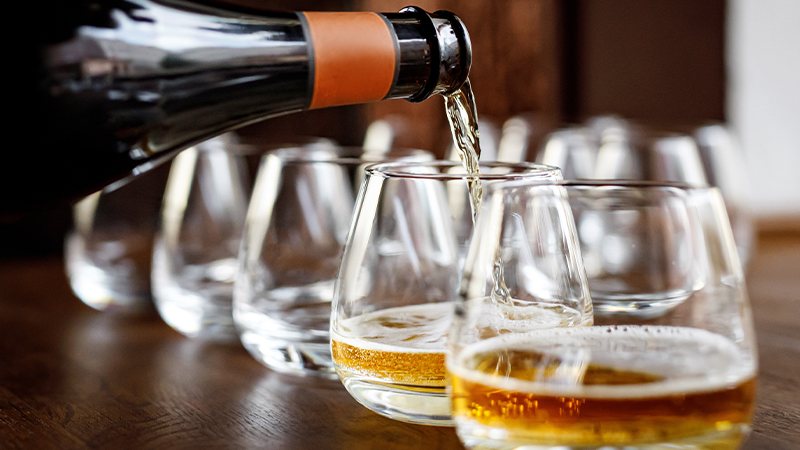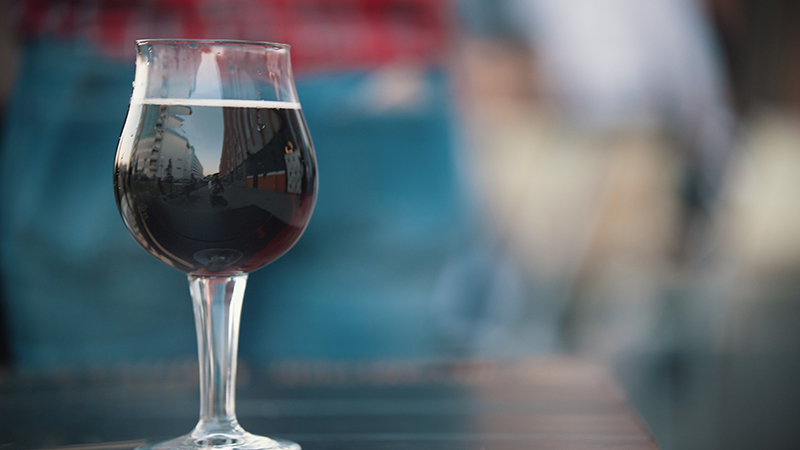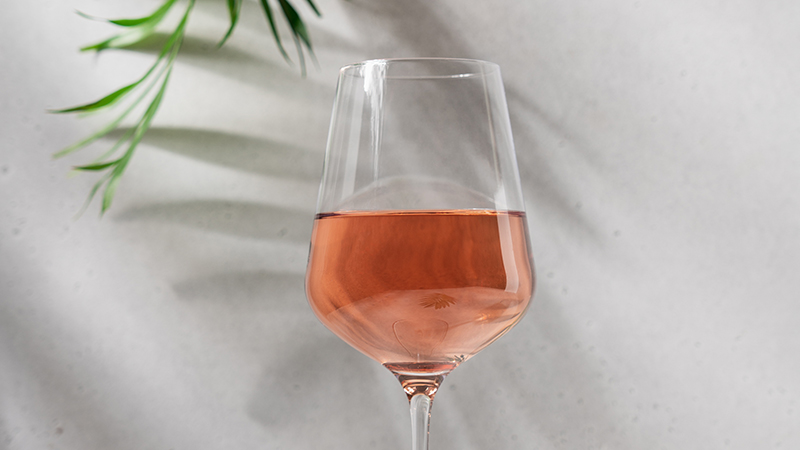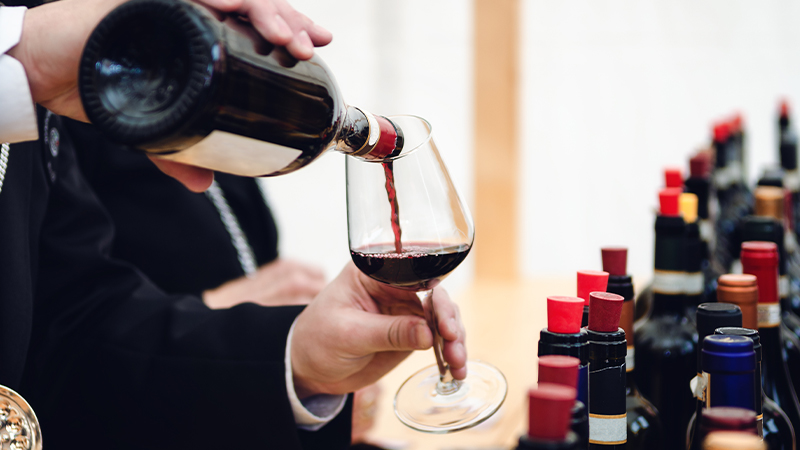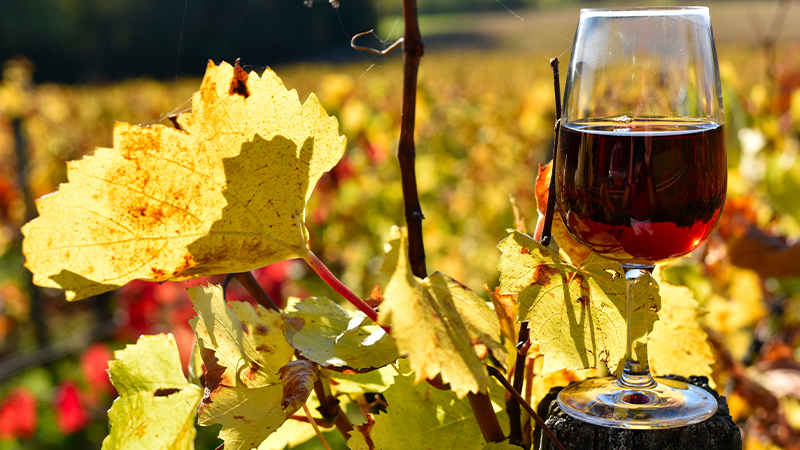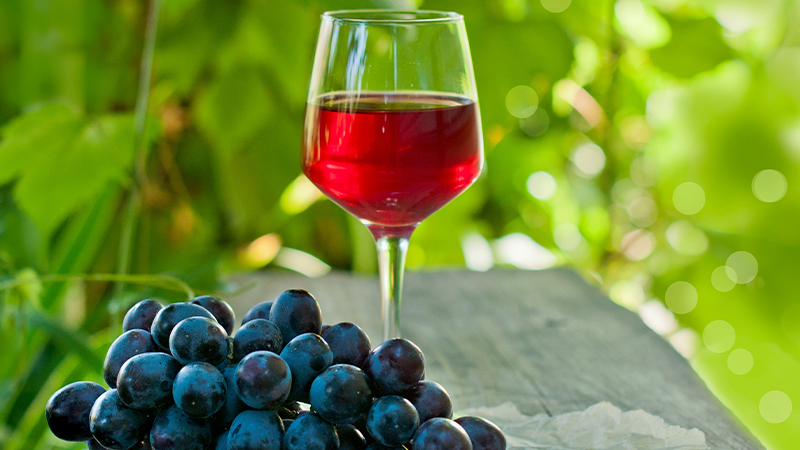An extensive wine list can be at once exhilarating and daunting for drinks enthusiasts dining out. It can be easy to fall into the trap of ordering the wine that sounds most familiar or returning to an old favorite. There’s a whole world of great wines out there, though, each with its own distinctive features and prime food-pairing options. Sometimes, the wines that sommeliers think should be getting more love are the under-the-radar varietals most customers haven’t heard of. Other times, they’re classics that have gotten a bad rap.
There are many factors that impact the popularity of a particular bottle or glass on a given wine list. Location, season, menu items, and mood are all completely justifiable things from which to base a wine selection. But if you find yourself ordering the same wines time and time again, it might be time to branch out. And who better to look to for wine advice than the pros?
We asked 11 sommeliers to weigh in on the wines they wished more people ordered. Read on to hear about the styles, regions, and names pros think should be poured more often.
The Wines People Should Order More, According to Sommeliers:
- Champagne
- Gewürztraminer from Alsace
- Cider
- Grenache from Australia
- Gamay
- Rosato
- Cabernet Sauvignon and Bordeaux blends from Italy
- Dolcetto
- Morgon Grand Cru region wines, Amarone della Valpolicella from the Veneto
- Lambrusco
- Riesling
“There are so many amazing wines that I wish people would branch out and order more, but I think the biggest for me is Champagne. Champagne is still often viewed as only for special occasions, so that is a trend I wish guests would slowly branch away from. Champagne and sparkling wine are some of the most food-friendly beverages in existence. It’s great before the meal, during (as it can pair with an array of dishes), with dessert, and after a meal. I always say, ‘when in doubt, bubbles’ — and not just in relation to food pairing. When you don’t know what you want to drink, pour a glass of bubbles; it’s sure to lighten and brighten your mood. I drink Champagne or sparkling wine daily, and I see it as celebrating life every day. I hope more people will start popping more sparkling wine and realize that it’s a great everyday wine.” —Bobbie Burgess, wine director, Restaurant Tyler and Scotty’s Wine and Spirits Liquor Store, host, UnCorked, Starkville, Miss.
“As a French man, I am actually crazy about the big names: Pauillac, Châteauneuf du Pape, Pomerol, Côte Rôtie, and others. I wish I could tell you that there is a secret wine that people should absolutely discover, but the truth is that if these wines are known worldwide, it’s because they are the best. One region that’s less known in France but that is becoming more and more popular is the Alsace region. Bordering Germany, they have incredible Gewürztraminer for whites. That is my recommendation for people wanting to discover something different.” —Melvil Arnt, owner, Once Upon A Time In France and The Authentique Wine Bar, Nashville, Tenn.
“I want people to drink more cider. There is such a lovely revolution and rebirth of younger winemakers working with apples. Just in California alone, there are so many indigenous apple varieties that each cider is quite unique. People often think of cider as being sweet and flabby, but most of it is vibrant, high in acidity, and so fun. It is a whole new world to discover — as complex and interesting as natural wine. You can really geek out for days. On top of that, more producers are starting to blend apples and grapes together. The result is often quite surprising. I’ve tasted a few cider-grape Pét-Nats and couldn’t discern apples at all. One of my favorites of the moment is the Bardos x Wavy collaboration.” —Pierluc Dallaire, director of operations and wine director, Botanica, Los Angeles
“I wish more people looked to Australia on a wine list. They are doing some amazing things Down Under. It’s not all the large extracted Shiraz that we’ve come to associate with Australia. There are some beautiful Grenache bottlings coming from old vines in the Barossa Valley. One of my favorites is Cirillo ‘The Vincent’ Grenache. It is produced from two over-100-year-old vineyards and has a lovely bouquet of ripe red fruit and white pepper. It’s food-friendly, quaffable, and won’t cost you an arm and a leg.” —Molly Austad, wine director, Bludorn Restaurant, Houston
“I wish people ordered more Gamay. This overlooked beauty is a sommelier favorite but tends to get lost in the world of Beaujolais. Don’t get me wrong, I love Cru Beauj, but Gamay grows in many other places, including Italy, Oregon, and Canada. Words I would use to describe this grape are: silky, velvety, lush, bramble, spice, black pepper, complex, sophisticated, food-worthy, and quaffable. A couple of my favorites are Dirty Radish Wines (Oregon), Grosjean (Italy), and Bella (Canada).” —Chevonne Ball, founder, Dirty Radish Wine, Travel & Hospitality Consulting, Portland, Ore.
“A wine I’ve been really pushing people into is darker rosé — rosato. Rosé can tend to get a bad reputation due to the assumption of it always being light, fruity, and sweet. However, rosé with a longer maceration and maybe a thicker skin grape can result in a beautiful, ruby red, fuller-bodied, and juicy wine. It’s a great gap between light, chilled reds and typical Provence rosé that I’ve noticed non-rosé drinkers tend to like. A favorite of mine is Il Farneto Giandon Rosato.” —Andy Miller, sommelier, Great White and Gran Blanco, Los Angeles
“I wish people ordered more Cabernet Sauvignon and Bordeaux varietal blends from Italy. I know big red blends from California are still super popular in the market, but I wish my guests knew more about the OGs from Italy. Specifically, I’m thinking Super Tuscans and blends from the Veneto. Giuseppe Quintarelli made some of the best. Quintarelli’s Rosso Ca’ del Merlo and Rosso del Bebi blend indigenous Veneto varietals with Cabernet Sauvignon and Cabernet Franc, but the best by far is the Alzero, a blend of Cabernet Sauvignon, Cabernet Franc, and Merlot. This structured blend, which is aged in French oak, can rival any Cali Cab and has intense cocoa, tobacco, and dark spice notes. It pairs great with meat and game on any menu. A gem awaiting to be re-discovered.” —Braithe Tidwell, wine director, Brennan’s Restaurant, New Orleans
“A grape and wine that does not get enough love is Dolcetto, the nearly forgotten red grape of Piedmont, Italy. I love Dolcetto due to its affordable price point and the fact that a lot of big-name Barolo makers also bottle a Dolcetto. It is also super food-friendly and pairs with a myriad of different dishes. I’ve paired it with seared scallops over shaved Brussels, grilled octopus, as well as a seared duck breast over braised red cabbage. It has a lovely nose with both red and black fruit, and is a little bit herbaceous and floral as well. It has terrific refreshing acid, which helps cleanse the palate and helps make it easy to drink. It’s super pleasant to drink with or without food.” —Chris Lucchese, owner, Wife and the Somm, Los Angeles
“There are two styles of wine I wish people would order more, both very different from the other. One is wines from the Morgon Grand Cru region in Beaujolais, France. These wines are light in body with an incredible balance of elegance and masculinity — they are fabulous on their own but are insanely food-friendly. Second is Amarone della Valpolicella wines from the Veneto region in northeastern Italy. These rich, full-bodied wines made from partially dried grapes release complex flavors of dried figs and plums with a dusting of brown sugar. Their exquisite structure maintains a dry sensation with a soft mouthfeel that is uniquely special to this style of wine.” —Darla S. Hoffmann, owner, About Wine; sommelier, The Peacock Wine Bar; wine writer, Queen Creek Sun Times, Gilbert, Ariz.
“Recently, I had the most amazing dinner at Lucali Pizza in Miami and was reminded of how delicious Lambrusco is and how it’s the perfect pizza wine. I literally exclaimed, ‘I wish more people would order this!’ The effervescence, ever-so-delicately sweet profile, and bouncy, tangy fruit works so well with the profile of the pizza sauce and has just enough acidity to match all the other goodness going on.” —Amanda McCrossin, host, Wine Access Unfiltered podcast, Napa Valley, Calif.
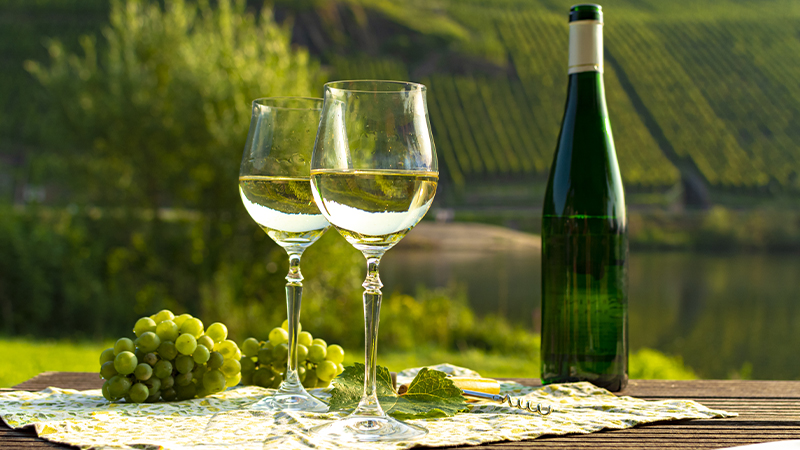
“I would love to see more people gravitate towards Riesling from the States. Whether it’s from the Finger Lakes in upstate New York, Oregon, or California, I’ve had so many recently that have impressed me immensely, and they’re such a great value. If you happen to come across some older Stony Hill, make sure to grab them — they’re legendary. If not, Mike Lucia — who recently purchased and is now farming Cole Ranch up in the Mendocino Mountains — is making delicious wines from some of the oldest Riesling vines in the U.S.” —Ryan Bailey, Co-founder, Like Water Hospitality; partner, Kato, Los Angeles
